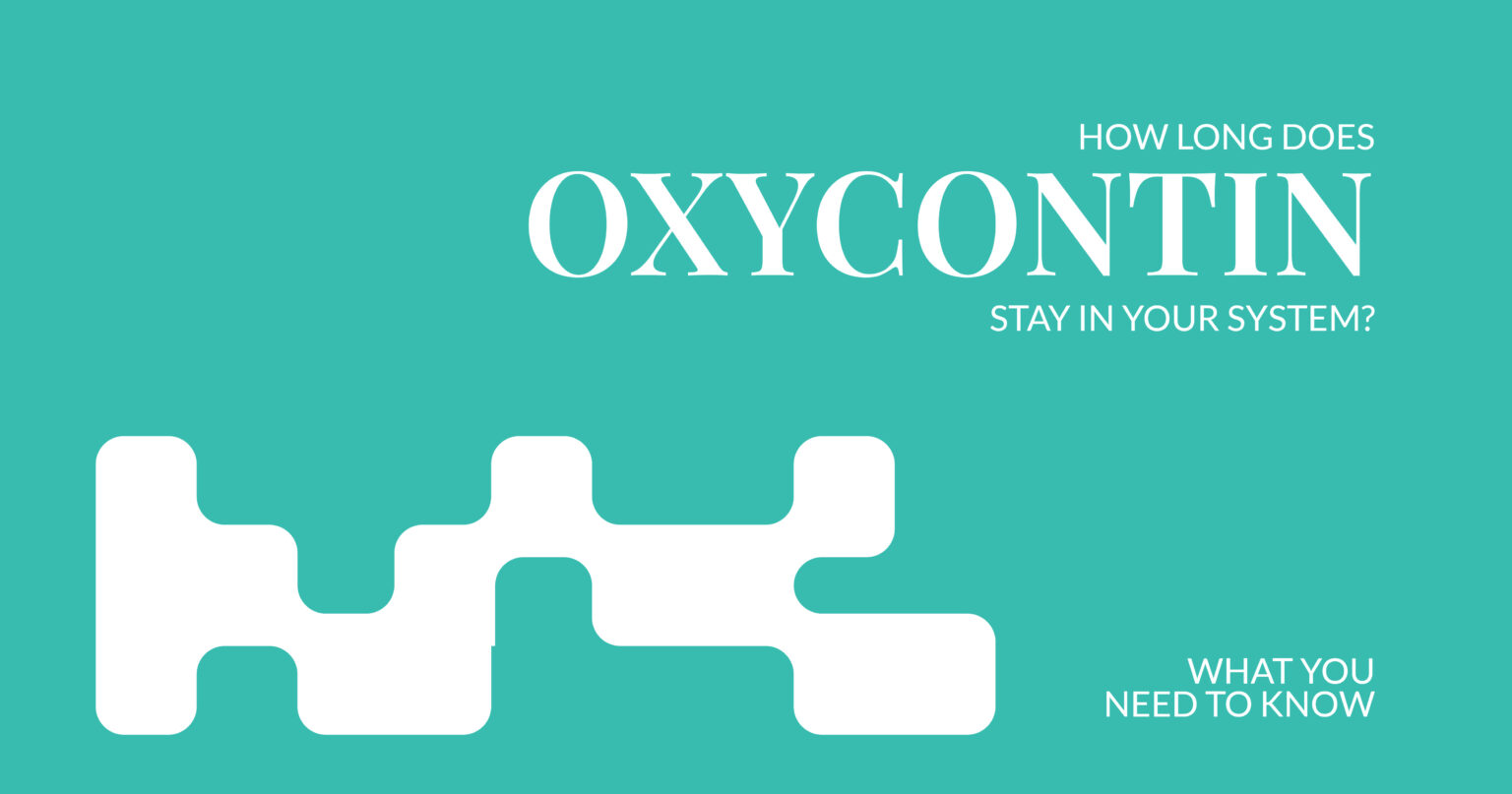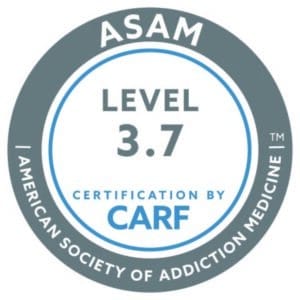Addiction is a multifaceted disorder characterized by compulsive drug seeking and use despite harmful consequences. It is a mental health disorder that can affect nearly every aspect of an individual’s life, including their relationships, career, and physical health. This comprehensive guide delves into the addict behavior, exploring common thinking patterns and strategies to mitigate the negative impact of substance abuse addiction.
The Complexity of Addiction
Addiction’s roots are deep, influenced by a myriad of factors including genetics, environmental influences, mental health disorders, and the physical addictiveness of substances. Research suggests that up to 60% of addiction risk is attributed to genetic factors. Men are generally more susceptible to developing substance use disorders, partly due to social and physiological reasons. Family dynamics, peer influence, and mental health conditions also significantly contribute to the likelihood of substance abuse.
Stages of Addiction
Understanding the stages of addiction provides insight into the progression of substance use disorders. These stages are initiation, experimentation, regular usage, risky usage, dependence, addiction, and crisis/treatment. Each stage represents a deeper entrenchment into substance abuse, with distinct behaviors and consequences.
Recognizing Addict Behavior
Addict behavior often manifests through a range of negative traits and actions driven by the brain’s altered state due to substance abuse. Common indicators include personality changes, signs of intoxication, financial instability, and shifts in social activities. These behaviors are not just harmful to the individual but also strain relationships and professional obligations.
Common Thinking Patterns in Addiction
The thinking patterns of individuals with substance use disorders are characterized by a distinct style that rationalizes continued use despite negative outcomes. This includes impulsivity, prioritizing short-term pleasure over long-term well-being, and a sense of uniqueness that justifies non-conformity. Addictive thinking patterns also feature high stress levels, victim mentality, and irrational decision-making. These cognitive distortions fuel the cycle of addiction by promoting denial, self-obsession, and unhealthy behaviors.
The Role of Pleasure and Pain
At the core of addictive behaviors are the dual drivers of pleasure and pain. The brain’s limbic and autonomic nervous systems play crucial roles in the perception of these sensations, influencing decisions towards substance use or abstinence based on immediate effects rather than long-term consequences.
Strategies for Addressing Addict Behavior
Dealing with the behaviors and thought patterns associated with addiction requires a comprehensive approach that includes recognizing the problem, understanding the underlying causes, and seeking professional help. Interventions like cognitive-behavioral therapy (CBT), medication-assisted treatment (MAT), and support groups have proven effective in treating substance use disorders.
Supporting someone with an addiction involves establishing boundaries, encouraging treatment, and providing empathetic yet firm support. It’s crucial to understand that addiction is a disease, not a moral failing, and recovery is a journey that requires patience, understanding, and resources.
In Conclusion
Substance abuse addiction is a complex disorder with wide-ranging effects on an individual’s behavior, thinking patterns, and overall quality of life. Recognizing the signs of addict behavior and understanding the common cognitive distortions can empower individuals and their loved ones to seek the help needed to navigate the path to recovery. With professional support and a commitment to change, overcoming addiction is possible, leading to a healthier, more fulfilling life.












